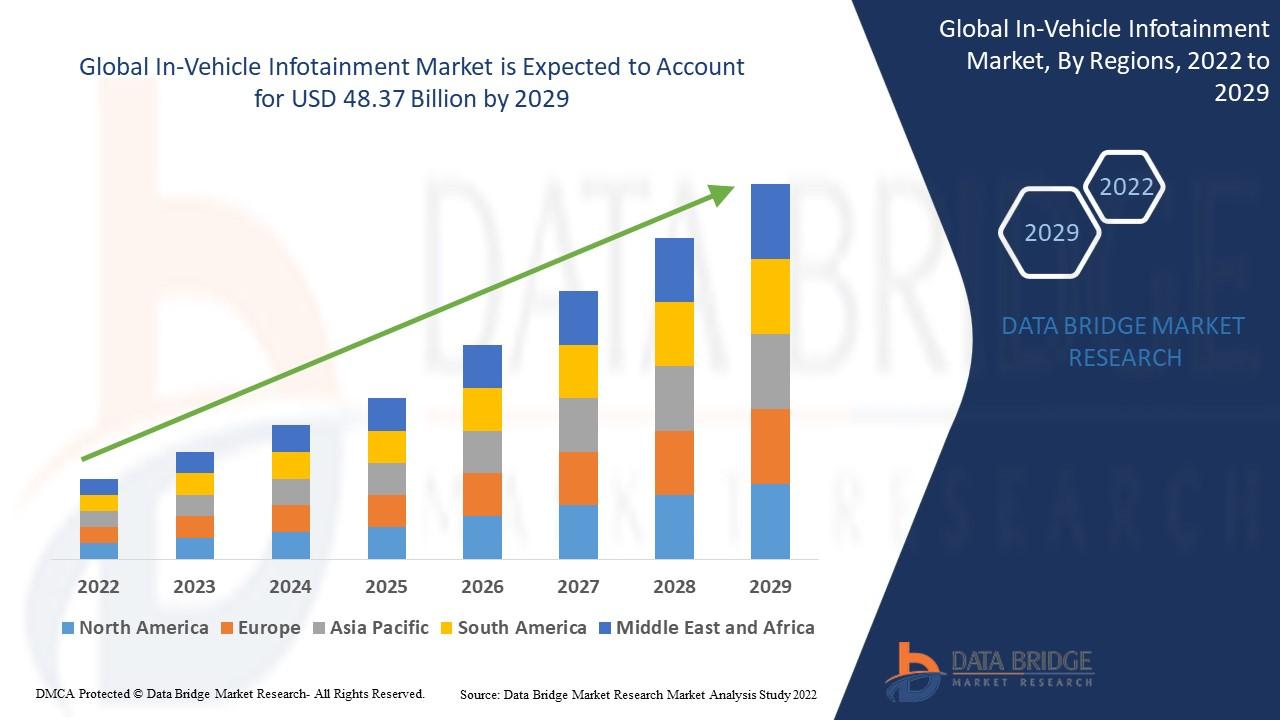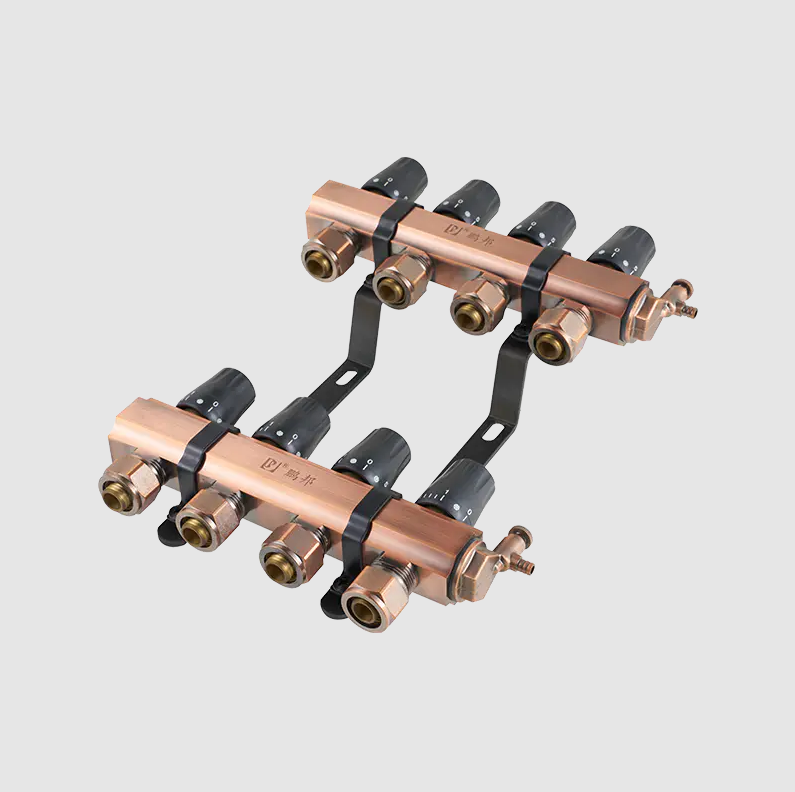How Airlines Use Technology to Track and Protect Unaccompanied Minors Flying Alone

Air travel for children traveling solo has come a long way. What once relied entirely on manual paperwork and staff coordination is now supported by advanced digital tools, secure tracking systems, and automated monitoring processes. Today, airlines use sophisticated technology to enhance safety, communication, and efficiency for unaccompanied minors flying across domestic and international routes.
These systems help airlines maintain real-time visibility, prevent errors, track escort transfers, and ensure prompt updates to parents. This detailed article explores the technology airlines use to keep young solo travelers safe from departure to arrival.
Why Technology Matters for Young Solo Travelers
Children traveling alone are more vulnerable than any other passenger group. They need:
-
Continuous supervision
-
Accurate documentation
-
Perfectly coordinated handovers
-
Real-time monitoring
-
Fast response to emergencies
-
Automatic notifications for parents
Technology improves the entire process and reduces the chance of human error, making it easier for airlines to protect unaccompanied minors flying across all flight segments.
1. UM Digital Registration Systems
Most airlines use secure digital systems to register unaccompanied minors during booking.
✔ Key Functions:
-
Store personal details
-
Record guardian information
-
Capture consent form data
-
Note medical conditions
-
Assign UM service codes
-
Alert all departments about the minor
Digital systems ensure the child’s information is accessible to all relevant staff throughout the journey.
2. Electronic UM Tracking (Tablet-Based Supervision)
Many airlines provide staff with tablets to track the movement and status of unaccompanied minors flying.
Staff can view:
-
Whether the child has checked in
-
When they enter security
-
When they reach the gate
-
When they board the aircraft
-
When they deplane
-
The exact handover time
This creates a transparent, timestamped digital log for safety.
3. Digital UM Badges With Barcodes or QR Codes
Modern UM lanyards may include:
-
QR codes
-
Barcodes
-
NFC tags
These allow staff to instantly scan and verify:
-
The child’s identity
-
Flight details
-
Escort assignments
-
Required support services
-
Special notes or instructions
This reduces paperwork and ensures instant visibility.
4. Automated Alerts for Parents
Parents want constant updates when their child is traveling alone. Airlines now use:
-
SMS notifications
-
Push alerts via mobile apps
-
Email updates
-
Automated travel status messages
Typical updates include:
-
Check-in completed
-
Security completed
-
Boarding in progress
-
Flight departure
-
Landing
-
Handover complete
These real-time alerts give parents peace of mind.
5. Secure Digital Handover Verification
Technology improves the accuracy of UM handovers at departure, connection points, and arrival.
Digital handover logs include:
-
Staff name
-
Time of transfer
-
Location of transfer
-
Signature or digital confirmation
-
Notes about the child’s condition
This ensures each moment of the journey is documented digitally.
6. GPS-Based Internal Airport Tracking Systems
Some advanced airports use GPS-based systems to track escorts and minors within terminals.
What they track:
-
Escort location
-
Time spent in each zone
-
Route taken to gate
-
Time of arrival at boarding area
This prevents delays or misrouting and enhances safety.
7. Digital Crew Briefing Tools
Before the flight, cabin crew receive child-specific data digitally.
They can instantly see:
-
UM seat assignment
-
Age and name
-
Languages spoken
-
Medical notes
-
Allergy information
-
Emotional considerations
-
Special meal requests
Crew members use tablets or onboard systems to stay informed throughout the flight.
8. Airport Coordination Through Centralized Software
Airlines coordinate UM services using centralized, real-time software that connects:
-
Check-in staff
-
Escort teams
-
Gate agents
-
Cabin crew
-
Operations control
-
Destination arrival staff
This ensures that every department knows when unaccompanied minors flying are expected to arrive or transition.
9. Digital Documentation Instead of Paper UM Forms
Paper forms can be lost or damaged. Many airlines now use:
-
Digital parental consent forms
-
Online submission portals
-
Electronic signature tools
-
Cloud-based document access
Digital documentation reduces errors and speeds up processing.
10. Biometric Security for Faster Processing
Some airports use biometric technology to make the child’s journey smoother:
Includes:
-
Facial recognition
-
Digital boarding gates
-
Biometric immigration systems
Escort staff accompany the child, but biometrics help reduce queues and ensure fast identity verification.
11. Electronic Meal Management Tools
Cabin crew use digital meal systems to ensure UM meals are:
-
Correctly loaded
-
Delivered on time
-
Allergen-safe
-
Documented in case of special needs
This reduces the risk of food mix-ups for unaccompanied minors flying.
12. Digital Lounge Access and Monitoring
Premium airlines offer UM lounges equipped with:
-
Check-in scanners
-
Digital entry records
-
Monitored waiting zones
-
Registration of escort handovers
This keeps children safe in controlled environments.
13. Automated Disruption Management Systems
When delays or cancellations occur, technology helps airlines:
-
Reassign escorts
-
Update parents immediately
-
Rebook the child automatically
-
Adjust arrival notifications
-
Communicate with cabin crew
This ensures minors continue receiving safe, uninterrupted supervision.
14. Digital Baggage Tracking
Lost luggage is a major concern for minors. Many airlines now provide:
-
RFID tags
-
Real-time baggage tracking apps
-
Digital baggage alerts
-
Automatic updates to arrival staff
Escorts use this information to retrieve luggage quickly and prevent confusion.
15. Arrival Tracking and Final Handover Confirmation
At the destination, technology helps arrival teams:
-
Know when the aircraft lands
-
See which seat the minor is in
-
Pick up UM details from the system
-
Prepare for priority deplaning
-
Verify receiving adult’s identity electronically
Parents receive a final digital confirmation when the handover is complete.
Conclusion
Technology plays a central role in making air travel safer, smoother, and more reliable for unaccompanied minors flying alone. From digital tracking and automated alerts to biometric verification and centralized coordination, airlines now use advanced systems to ensure that children receive round-the-clock protection.
These innovations reduce the risk of errors, improve communication, and provide parents with real-time reassurance. With modern technology supporting trained airline staff, young solo travelers enjoy a safer and more structured journey than ever before.






